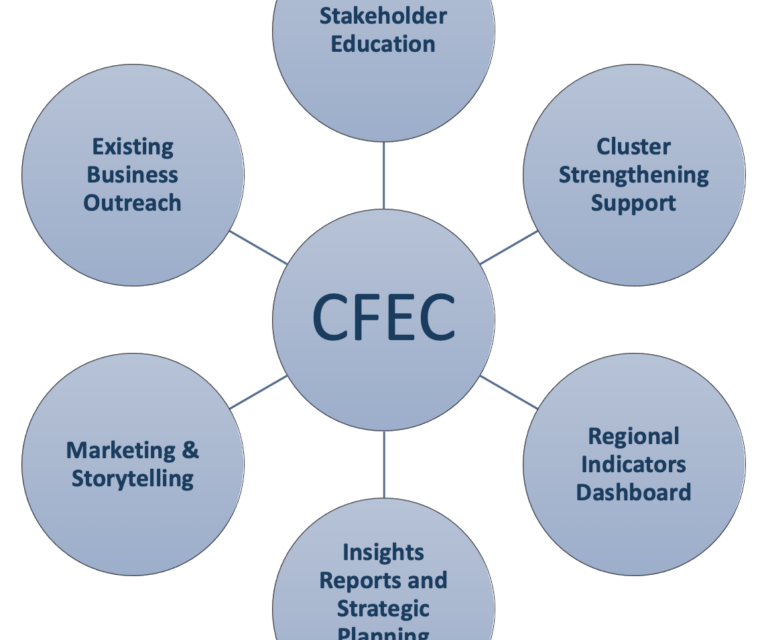It’s said that without big risks, there’s no big rewards.
The Greater Memphis Chamber is about to find out. It’s taking a big risk – and performing a welcome public service – with its new data-based Center for Economic Competitiveness announced last Thursday.
It’s the most ambitious data-based initiative ever undertaken by the Chamber, and while it is of course about data, it’s even more about accountability.
That’s because armed with the assemblage of data reported by the Center, we have never been more equipped to dissect, evaluate, and reach a judgement on whether our economic strategies and the performance of the actors in this area are succeeding or failing.
It would have been easy – and perhaps understandable – that as the choices were being made about which data to show, the Chamber could have decided to opt for an esoteric collection of data points that would paint an economic portrait for the Memphis region that isn’t as brutal as the one they have now posted.
Smart Decision-making
Many of us have urged honesty about our troubling economic trends and begged for dependable measurements, and the Chamber appears to have done it. It compares the Memphis MSA to nine other “peer” cities and they show our ranking in each category.
Individually, the data are rarely encouraging but cumulatively, they are a candid reality check: It will not take place overnight because it’s likely to take a couple of decades; however, we’ve been talking about improving things for even longer than that so there’s no time like the present to embark on changing things.
I’ve written for 16 years that our community is not merely the product of forces and trend lines beyond our control. The future is not merely an extension of the present. We are where we are today because of choices we made decades ago. Often, the choices were made without a data-based context or a sense of priorities.
Hope springs eternal, so here’s my hope: this new source of data will change these behaviors because we have a better fact-based framework for decision-making.
Looking for Different Behavior
There will be many people who will be skeptical that the Chamber can play the role of an honest broker on data and identify the levers for the kind of economic development that has been passing us by.
Some will say that we are in this economic hole because our economic development agencies, including the Chamber, have failed to develop strategies for success. Some will say we’ve been here before with yet another Chamber initiative. Some will question if the Chamber, as a membership organization, can be the source of dependable, relevant data.
Yes, the Chamber has been involved in other processes aimed at attracting the kind of good-paying jobs that we need and it hasn’t happened.
A few years ago, the Chamber hired a Little Rock consultant who issued recommendations for a stronger economy. About eight years ago, it was A Roadmap for Transforming the Metro Memphis Economy that was facilitated and directed by the Brookings Institution. Often, the work of the left-of-center think tank leads to recommendations that often feel like they are from a template of its latest priorities. Seven years earlier, in 2006, there was the Memphis Fast Forward economic development plan and five years earlier than that, the Chamber spent hundreds of thousands of dollars producing the regional economic development plan called the Governors’ Alliance for Regional Excellence.
And yet, these reports, studies, and recommendations did not propel the economy in a direction that was sustainably or dramatically positive.
Chamber officials say this time will be different and they are determined to prove their critics wrong.
A Make Or Break Moment
As for me, I’m willing to give them a chance to demonstrate that the Greater Memphis Chamber is willing to shoot straight with us, acknowledge that most of our economic indicators are disturbingly behind regions we use to see in our rear view mirror, and mount the kind of inclusive, imaginative economic growth that delivers opportunity and prosperity where it has been denied in the past.
Some may label the support Pollyannish but a Chamber organization in any city is a significant factor in its economic health. With this new Center, the Chamber appears to be saying it’s ready to step up to this kind of role in Memphis and Shelby County and it’s willing to be publicly judged for its strategies and its plans of action.
In this way, this Center for Economic Competitiveness is a make or break moment for the Greater Memphis Chamber.
I’ve written often since this blog began in 2004 that Memphis and Shelby County define their progress by measuring where we are compared to where we were. What’s been missing are comparisons with comparable, or so-called peer cities and regions.
For several years, the Sparks Center for Business and Economic Research at the University of Memphis played this role. It posted dependable, independent data about Memphis and where it ranked when compared to other places. Unfortunately, this dashboard of data – as well as the Sparks Center itself – shut down for lack of funding sponsors and the retirements of much of its staff. Its Memphis Economy website is still online but it is moribund.
The state of this once influential academic center is a sad commentary about our community and the role of the University of Memphis in contributing to the development of public policies and economic strategies, but that’s a subject for a post on another day.
Now For The Big Next Step
As for the troubling economic indicators for our community, many of them have been published often on this blog over its 16 years, however, our community has been like the frog sitting in the pan of water as it gets hotter and hotter until it is boiled.
In a way, the Chamber’s data site is kind to our region with only nine peer cities. That’s because the Chamber could have ranked our region among the 50 largest metros on the most critical economic measurements, our community ranks at the bottom of the 50.
In other words, it could have looked even worse. Regardless, we are to the point that either we do something bold, innovative, and impactful or admit to ourselves that we are simply willing to manage decline.
Of course, data in and of itself will not turn around our economy. Data on its own means little; it only has value when it drives action.
The data proves one thing: what we’ve been doing isn’t working. So, now, in light of this data, the Chamber has to lay out what its actual plan, complete with a timeline, assignments for accomplishing strategies, and expected impact.
The data has to drive policies, programs, and strategies to improve things. Reports are that this is the next step for the Chamber initiative under the direction of the highly capable Apryl Childs-Potter. Her curiosity about what makes cities succeed will inform case studies exploring this subject, keeping in mind that every city looks good from a distance and the task is to get beyond the talking points and bragging rights.
Increasing Expectations
The Chamber raised expectations with the announcement Friday that Ted Townsend is now a fulltime employee of the Greater Memphis Chamber – its chief economic development officer. It’s a significant boost to the Chamber expertise and experience. He has the credentials to head up the Chamber itself after being in charge of the operations of the Tennessee Department of Economic and Community Development for seven years. He has a depth of knowledge, he knows how to make his case without belligerence and to recruit with persuasion and honesty, and he is dedicated to data-based priorities.
So far, the Chamber’s ambitions in the wake of these moves seem to lack boldness. It has set a goal of 50,000 new jobs by 2030. It’s unclear at this point if that’s 50,000 jobs within Memphis or within the Memphis region. In the late 20th century, the Chamber held annual news conferences where it was routinely announced that 10,000 new jobs had been created in the previous year. It would be encouraging if we aspired to do that again, so hopefully, the Chamber will challenge us with bold objectives that it can use to mobilize its partners to think bigger and aim higher.
Without question, what the Chamber does next will be interesting. As for me, my bias is that whatever programs are developed, they must aim at closing the racial income gap for our region.
Much was made at the Ford plant announcement that it would increase the Tennessee GDP by $3.5 billion. The impact of closing the racial income gap in the Memphis region would be seven times greater than that. That’s why it should be the #1 priority for our economic development agencies and the #1 measurement for whether we are making progress.
***
Join us at the Smart City Memphis Facebook page for articles, reports, and commentaries relevant to Memphis and Shelby County.




